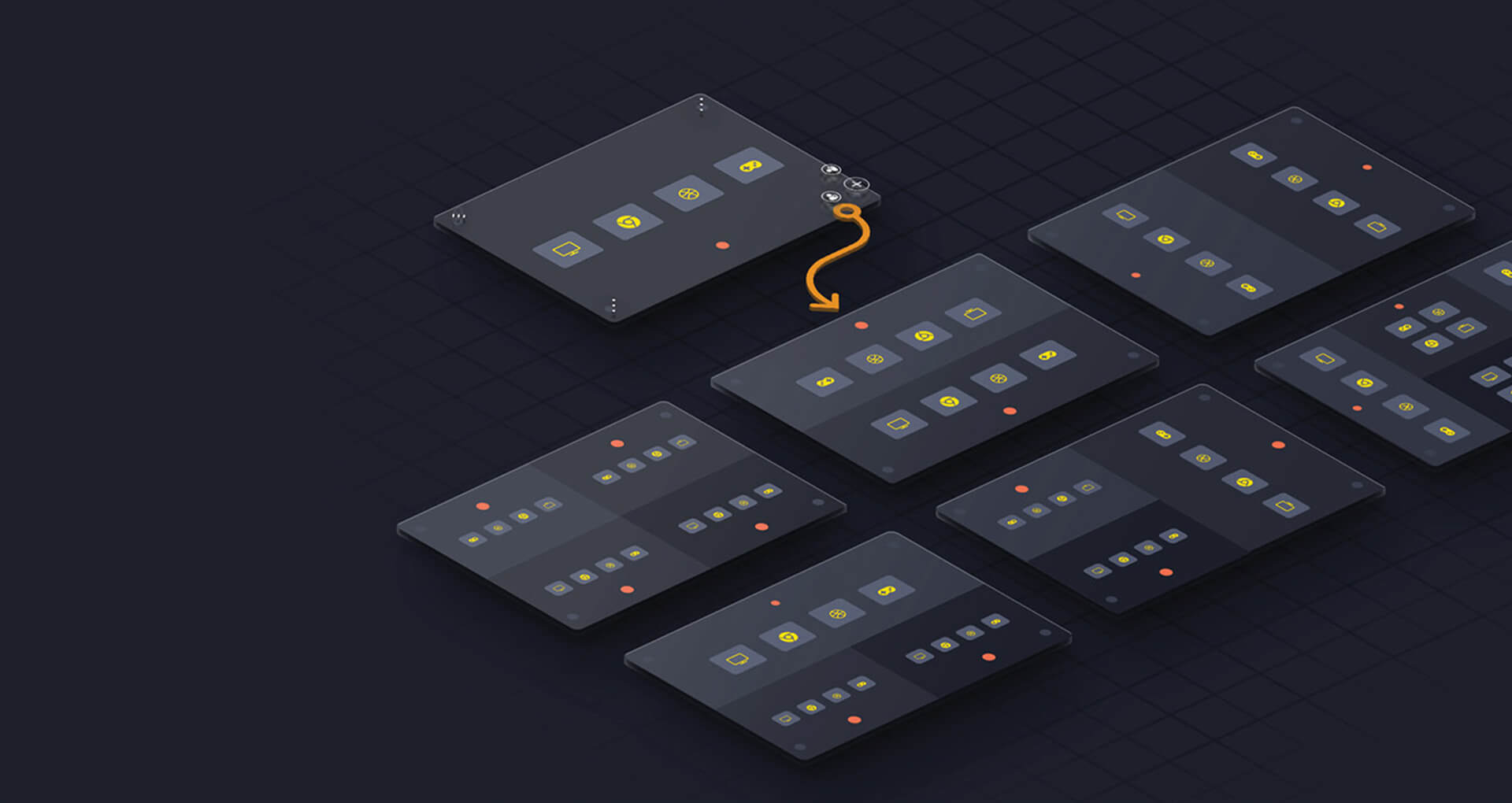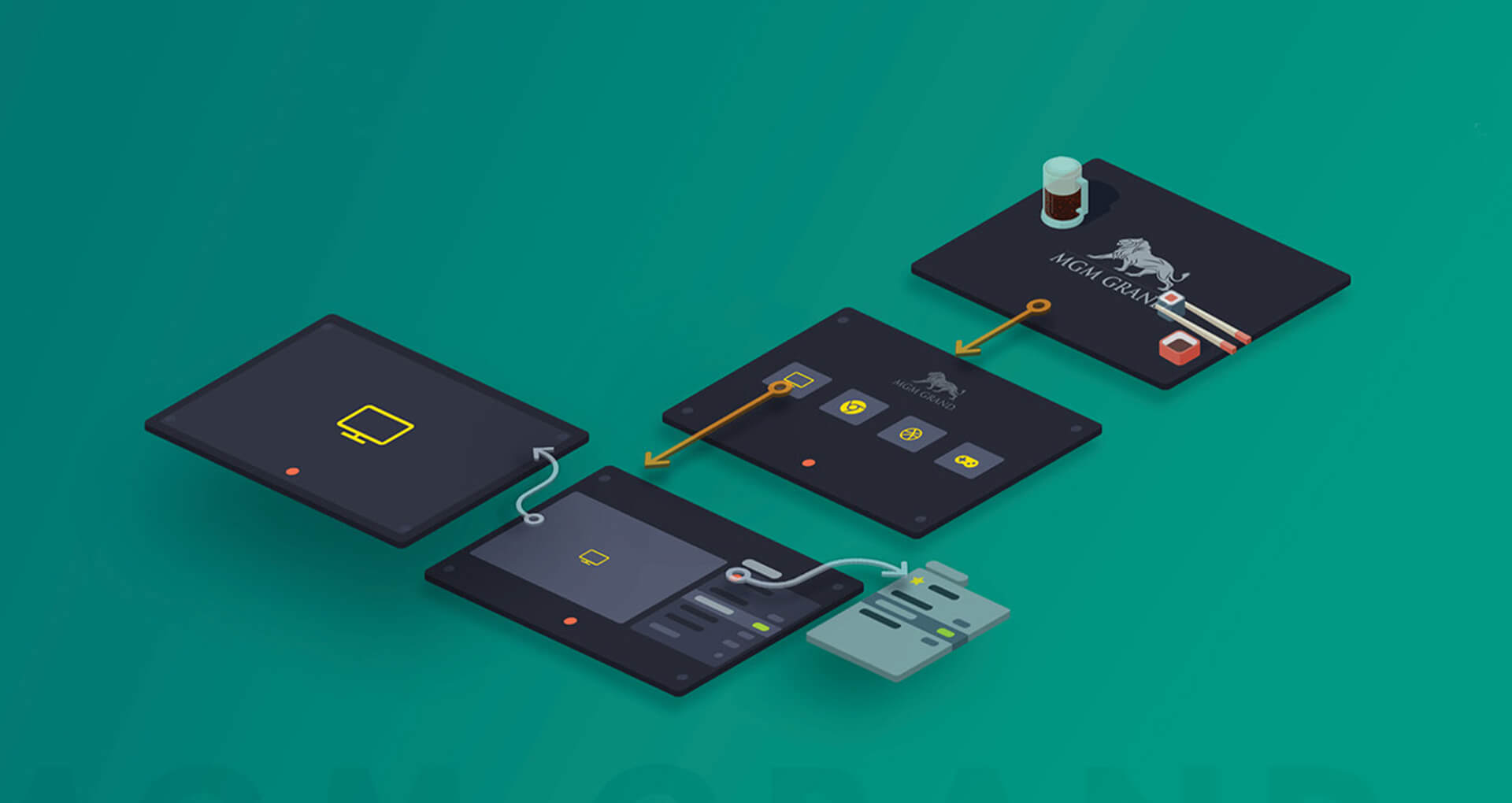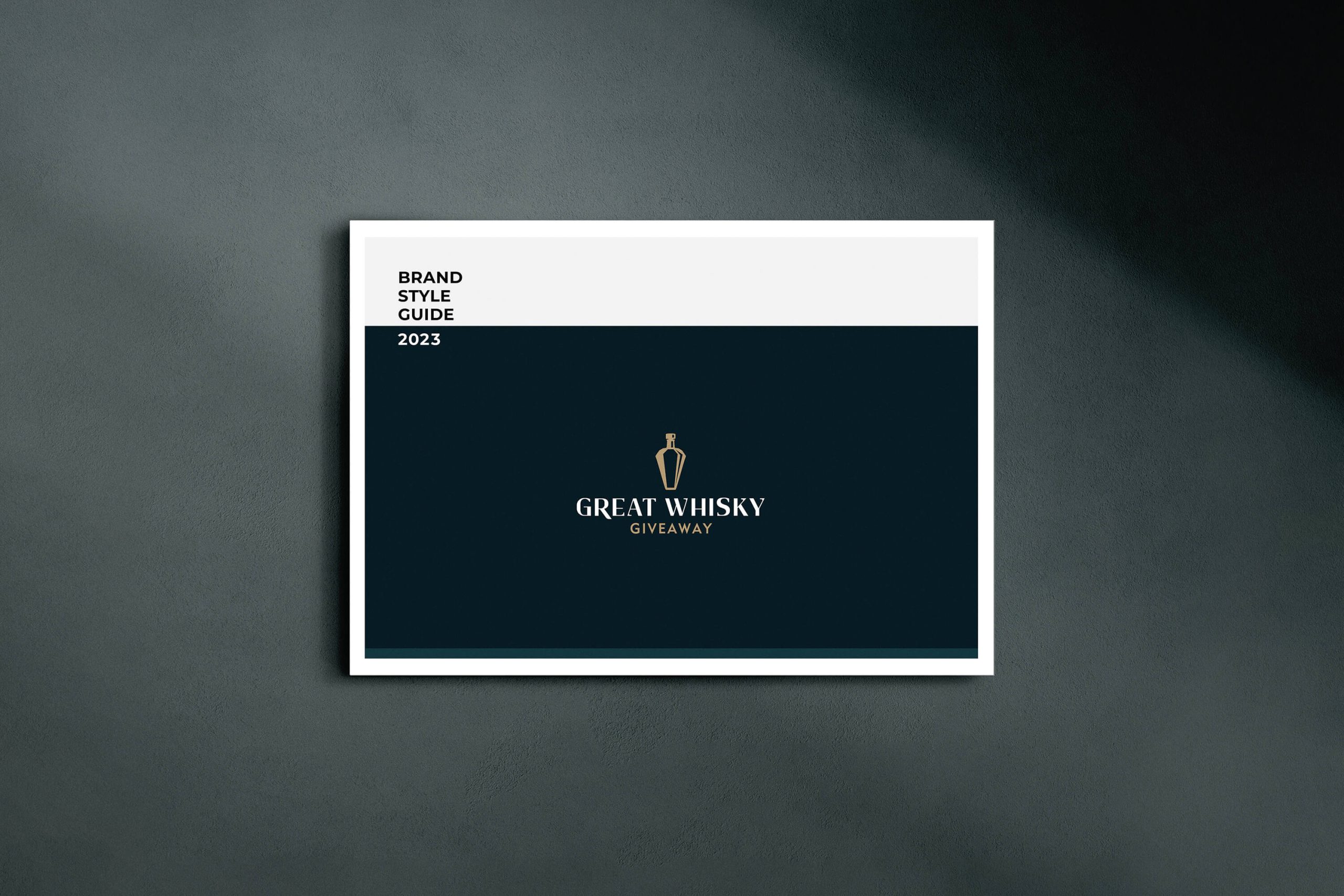
In today’s competitive market, creating a product that users love is more important than ever. One way to ensure that your product meets user needs and expectations is through user-centered design. User-centered design is an approach to product development that puts the user at the center of the design process. In this post, we’ll explore the benefits of user-centered design and how it can improve your product development process.
User-centered design is a methodology that prioritises the needs, wants, and limitations of end-users when developing a product. It involves gathering feedback from users at various stages of development, and using that feedback to inform the design process.
This approach has numerous benefits in product development and ultimately sales.
- Improved User Experience
User-centered design is all about understanding the needs and preferences of your target audience. By involving users in the design process from the beginning, you can gain a deeper understanding of their needs and create a product that meets those needs. This leads to a better user experience, which can result in increased user satisfaction, loyalty, and advocacy.
- Increased Effiency
User-centered design can also increase the efficiency of your product development process. By involving users in the design process, you can identify potential issues and make changes early in the development process. This can save time and resources down the line by preventing costly redesigns and rework.
- Reduced Risk
User-centered design can also reduce the risk of product failure. By involving users in the design process, you can identify potential issues and address them before launching the product. This can prevent costly recalls and negative publicity, which can damage your brand’s reputation.
- Competitive Advantage
Finally, user-centered design can give you a competitive advantage. By creating a product that meets the needs and preferences of your target audience, you can differentiate yourself from competitors who may not be taking a user-centered approach to product development. This can lead to increased market share, revenue, and growth.

In conclusion, user-centered design is an effective approach to product development that can improve the user experience, increase efficiency, reduce risk, and give you a competitive advantage. By putting the user at the center of the design process, you can create a product that meets the needs and preferences of your target audience, leading to increased user satisfaction, loyalty, and advocacy.


